1. Brightfield Microscopy
Overview: Brightfield microscopy is the most widely used type of light microscopy. It involves illuminating the sample with white light, which passes through the specimen, producing a bright image against a dark background. This technique is ideal for observing stained or naturally pigmented samples.
How to Use:
- Prepare the sample on a glass slide and cover it with a cover slip.
- If the sample lacks natural pigmentation, stain it using appropriate dyes.
- Adjust the light source and place the sample on the microscope stage.
- Use the coarse and fine focus knobs to bring the specimen into clear view.
- Adjust the condenser and diaphragm to enhance contrast.
2. Darkfield Microscopy
Overview: Darkfield microscopy enhances contrast in unstained, transparent samples. By using a special condenser to scatter light, it makes the specimen appear bright against a dark background, revealing details that are invisible under brightfield illumination.
How to Use:
- Install the darkfield condenser on the microscope.
- Place the sample on the stage and cover it with a cover slip.
- Adjust the light source and focus the microscope.
- Fine-tune the condenser settings to achieve optimal contrast.
3. Phase Contrast Microscopy
Overview: Phase contrast microscopy is designed for observing live cells and tissues without staining. It converts phase shifts in light passing through transparent specimens into brightness changes, enhancing contrast and revealing detailed structures.
How to Use:
- Use a phase contrast-equipped microscope with a phase contrast condenser and objective lenses.
- Place the live sample on the stage.
- Adjust the light source and focus the microscope.
- Align the phase contrast rings on the condenser and objective lens for optimal contrast.
4. Differential Interference Contrast (DIC) Microscopy
Overview: DIC microscopy provides high-contrast, pseudo-3D images of transparent specimens using polarized light and optical interference. This technique is particularly useful for examining fine structures within cells.
How to Use:
- Equip the microscope with DIC-specific optical components, including polarizers and Wollaston prisms.
- Place the sample on the stage and focus the microscope.
- Adjust the polarizers and prisms to achieve the desired level of contrast and detail.
5. Fluorescence Microscopy
Overview: Fluorescence microscopy utilizes high-intensity light to excite fluorophores in the sample, causing them to emit light at a longer wavelength. This technique is widely used for studying specific structures within cells, such as proteins or nucleic acids.
How to Use:
- Stain the sample with fluorescent dyes or use genetically encoded fluorescence markers.
- Use a fluorescence microscope equipped with the appropriate light source and filters.
- Place the stained sample on the stage.
- Adjust the light source and focus the microscope, ensuring the correct filter set is used to visualize the fluorescence.
6. Confocal Microscopy
Overview: Confocal microscopy employs laser light to scan the sample and create high-resolution, optically sectioned images. It is ideal for detailed, three-dimensional reconstructions of specimens.
How to Use:
- Prepare the sample and place it on the stage.
- Use a confocal microscope with appropriate laser settings and scanning software.
- Adjust the laser intensity and focus the microscope.
- Utilize the software to capture and reconstruct images layer by layer.
7. Polarized Light Microscopy
Overview: Polarized light microscopy is used to study birefringent materials, such as crystals and fibers. It enhances contrast by using polarized light, which interacts with the sample's internal structure.
How to Use:
- Equip the microscope with polarizing filters and a rotating stage.
- Place the birefringent sample on the stage.
- Adjust the polarizers to analyze the sample under different polarization angles.
- Rotate the stage to observe changes in contrast and color.
Find the Right Type of Microscope for Your Studies
Understanding and utilizing these seven types of light microscopy can significantly enhance your ability to study and analyze microscopic specimens. Each technique offers unique advantages and is suited to different types of samples and research applications. By mastering these methods, you can unlock new insights and contribute valuable findings to your field of study. Whether you are a student, researcher, or professional, light microscopy provides a powerful toolset for exploring the microscopic world.
While microscopy is widely recognized for its professional applications in the sciences—enabling groundbreaking discoveries and in-depth learning about various subjects—it can also be a captivating hobby. Many people find joy in observing life through a microscope, dedicating their free time to exploring the microscopic world around them, even if they don't do it professionally.
Microscopes come in a broad price range, with entry-level models making this fascinating field accessible to everyone. Whether you're looking to experiment with a microscope for fun, pursue it as a hobby, or use it for professional purposes, there are numerous affordable options available. At Micro-Optics, you'll find a vast selection of microscopes and a wealth of information to help you get started on your microscopy journey.






Recent post